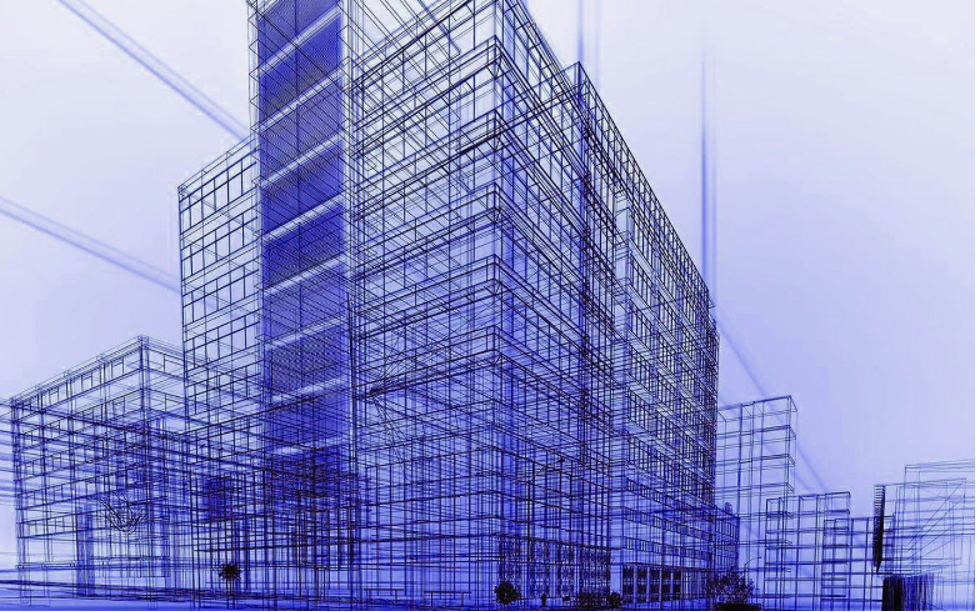Structural design is a key part of any construction project, ensuring that the building is safe, stable, and lasts for years. However, even experienced Structure Engineer in Phoenix, Arizona can sometimes make mistakes that lead to serious issues, such as costly repairs or safety risks.
In this blog, we’ll go over some common mistakes in structural design and share simple tips to help avoid them. By being aware of these pitfalls, engineers can create safer, more reliable structures.
1. Forgetting to Calculate Loads Properly
One of the most important parts of structural design is calculating how much weight the building will need to hold. This includes everything from the weight of the building itself to people, furniture, and even wind. If you don’t calculate these loads correctly, the building might not be strong enough to stay safe.
How to Avoid It: Make sure to do load calculations early in the design process and check them regularly. Use trusted software tools and follow building codes for your area. Don’t hesitate to ask an expert to double-check your work if needed.
2. Choosing the Wrong Materials
Using the wrong materials for the job can lead to problems. While cheaper materials might save money, they may not be strong enough. On the other hand, using overly strong materials can increase costs and make the structure too heavy.
How to Avoid It: Pick materials that match the needs of the project. For example, in areas with heavy storms, use materials that can handle the extra stress. Work with materials expert or use design software to ensure you choose the right materials.
3. Not Using Enough Reinforcement
Reinforcement is essential for keeping a building stable. If there isn’t enough reinforcement or if it’s placed wrong, the structure could crack or even collapse.
How to Avoid It: Check the design drawings to make sure the reinforcement is in the right spots. Follow building codes and guidelines to ensure it’s enough to support the structure. If you’re unsure, get a second opinion from a structural expert.
4. Ignoring Environmental Factors
Environmental factors like weather, soil conditions, and the risk of earthquakes can affect the strength of a building. Not considering these factors can lead to problems later.
How to Avoid It: Do a thorough site assessment to understand the local conditions. This includes checking the soil, looking at the local climate, and considering risks like earthquakes. Design your structure to handle these environmental factors.
5. Miscommunication with Contractors
Even the best design can go wrong if there’s poor communication with the construction team. Mistakes can happen when contractors don’t fully understand the plans or miss key details.
How to Avoid It: Make sure to communicate clearly with contractors from the start. Regular check-ins and site visits help ensure everyone is on the same page. Use clear, detailed drawings to avoid confusion.
6. Not Planning for Future Changes
Sometimes, buildings need to be changed or expanded later. If you don’t plan for future additions or changes, the building might not be able to handle them when the time comes.
How to Avoid It: Design with the future in mind. Think about possible expansions or changes and make sure the structure can accommodate them later on.
Conclusion:
Structural design is a complex task, but by being mindful of these common mistakes and taking steps to avoid them, you can create buildings that are safer, stronger, and more durable. With careful planning and communication, engineers can help make sure their designs meet the needs of today and the future.
At Sumer Innovations, We connect you with professionals who help create designs that are safe, efficient, and built for the future. Together, we can build safer, more sustainable structures for tomorrow.





